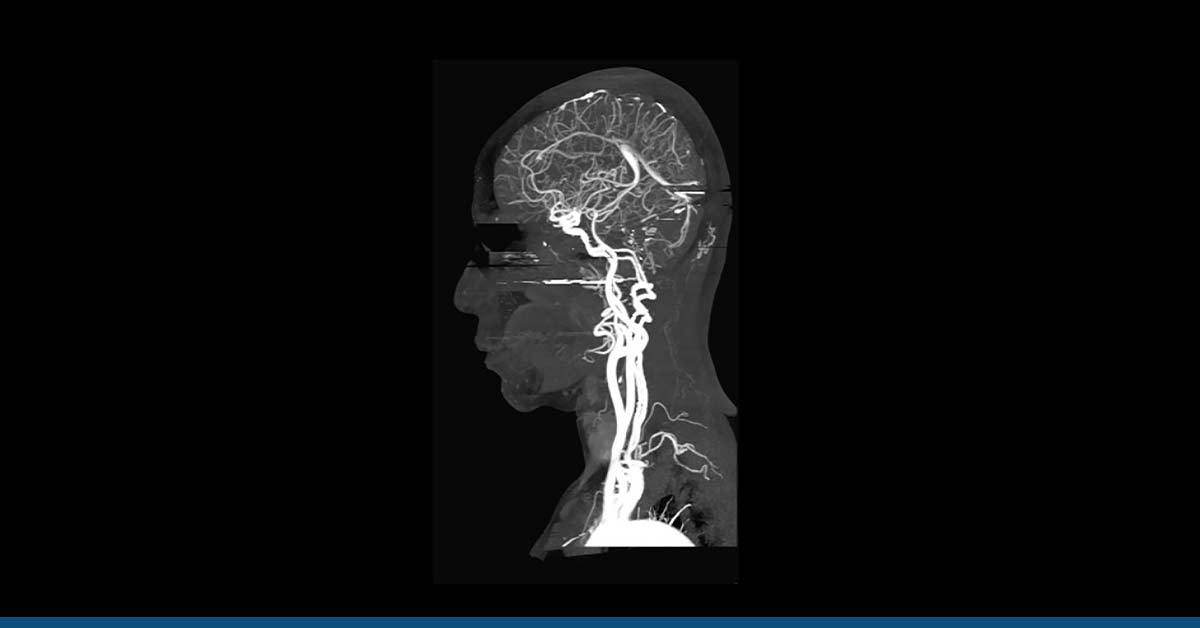Table of Contents
ToggleIntroduction
Peripheral arterial disease (PAD) refers to a spectrum of arterial bed illnesses associated with high mortality rates in Americans. How long you can live with PAD depends on the treatment and management of the condition.
Peripheral arterial disease develops when fatty deposits or plaque narrow or obstructs the arteries in a person’s legs. When the arteries in the legs harden and clog, blood flow to the lower extremities, specifically the legs and feet, is reduced.
Smoking, diets rich in cholesterol, hypertension, diabetes, and atherosclerosis are the main contributing factors to PAD development. Another major risk factor for PAD is age; increasing age is linked with vascular structure and function changes.
Peripheral arterial disease usually affects the arteries in the legs, but it can also manifest in any other blood vessels outside the heart. These include arteries that lead to the aorta, brain, arms, kidneys, and stomach.
PAD can be treated by modifying lifestyle, taking medications, or undergoing leg angioplasty. Other endovascular intervention procedures for treatment include lasers, stents, atherectomy, and rotational atherectomy. If necessary, traditional vascular surgery can also be performed to increase the life expectancy of a person with PAD. The surgery can treat various artery-related conditions.
Let’s explore the life expectancy of a person with PAD. Read away to find out how long you can live with PAD. This article covers a person’s life expectancy with PAD and other important information related to PAD, including its treatment and management.
PAD: Diagnosis and Treatment
Diagnosis of PAD is the initial step in extending a person’s life expectancy. When PAD is diagnosed, your primary care physician can discuss treatment choices and suggest lifestyle modifications.
How long can you live with PAD? It depends on the treatment. PAD is treatable with procedures or techniques that eliminate or compress the arterial plaque. At HG Analytics, our renowned vascular surgeons conduct minimally invasive procedures such as angioplasty, stent placement, and atherectomy.
During an angioplasty, your physician will inject a narrow catheter with a balloon at its tip into your bloodstream. The balloon will then be inflated close to the obstructions.
It presses the plaque against the artery walls, facilitating easier blood flow via the arteries. Similar steps are taken to install the stent, including putting a mesh stent into the obstructed location. During an atherectomy, plaque is initially removed from the body using a laser or a very small blade. The plaque is then securely removed from the body.
Lifestyle changes may be incorporated into a treatment plan for peripheral artery disease and may increase the patient’s lifespan. For arterial health, quitting smoking, beginning a fitness regimen, managing diabetes better, and consuming a balanced diet are necessary. Additionally, your physician may recommend medications to reduce cholesterol, blood pressure, and the risk of blood clots that cause PAD.
How Long Can You Live With PAD?
Living a full life with PAD is possible. Nevertheless, it could signify a more serious health condition, such as a heart attack or stroke. It is difficult to ascertain how long you can live with PAD, but without treatment, one in five will suffer a heart attack or stroke or die within the following five years. Treatment is necessary for extending the life expectancy of a person with PAD.
PAD appears in three stages. Here are their details:
- Legs and feet spasm and cramping
- Critical Limb Ischemia (pain at rest and unhealed wounds or ulcers)
- End-stage PAD (terminal state requiring amputation after unsuccessful therapies)
In the final stage of PAD, amputation may be necessary when the blood flow to the foot or leg is cut off due to plaque buildup. Cutting off blood flow is referred to as acute limb ischemia.
Frequently, acute limb ischemia culminates in gangrene or tissue death. Urgent amputation of the afflicted leg is required to save the patient’s life. In contrast, amputation drastically decreases the predicted lifespan of a person with PAD illness.
Even while the total incidence of amputations in the United States has declined over the past several decades, the number of amputations caused by PAD has remained consistent or grown in certain categories.
A person with PAD whose leg has been amputated has a significantly reduced life expectancy.
According to studies, 33% of patients who undergo a significant amputation, such as removing a limb above the ankle, die within one year, and 65% die within four years.
This figure represents individuals who have had any body part above the ankle amputated. 18% of persons with minor amputations (any body part below the ankle was amputated) died after one year, and 45% died after four years.
However, you can avoid amputation by altering your lifestyle and obtaining PAD therapy. Proper treatment and management with a healthy lifestyle can substantially impact how long you live with PAD.
Life Expectancy of Person With PAD
PAD is frequently a warning indicator. Plaque can also accumulate in other arteries, such as those that carry blood to the brain or heart, which is extremely harmful to your health. If these arteries become obstructed, a heart attack or stroke may occur.
According to research on the life expectancy of a person with PAD, those with PAD are 60% more likely to get ischemic heart disease and 30% more likely to develop a brain condition. In the first five years after being diagnosed, 10 to 15% of persons with intermittent claudication (leg discomfort) caused by PAD will die from heart disease.
Other studies have found that 10% of those with PAD experience a stroke, and 10% experience a heart attack. Diabetes and other diseases greatly increase the likelihood of reducing a person’s life expectancy with PAD.
PAD jeopardizes life if it is not promptly diagnosed and treated. The diagnosis of PAD can be made rapidly and painlessly. It can be treated to reduce the likelihood of worsening symptoms or death. Natural remedies are successful for less severe cases of PAD.
The approach implies altering your diet, workout regimen, and general lifestyle (such as quitting smoking). Interventional radiology procedures that are less intrusive can be employed to treat more serious disorders. The surgical options include angioplasty, stent insertion, and atherectomy.
Conclusion
It is crucial to note that how long you can live with PAD depends on early diagnosis and subsequent treatment. Effective management and treatment help keep the legs healthy, reducing the risk of heart attack and extending life expectancy.
HG Analytics is equipped with the most current medical equipment to provide screening services for PAD. Since treatment and management have a major impact on the life expectancy of a person with PAD, it is vital to schedule an appointment with HG Analytics.
Our screening service for disease detection provides a detailed report to help design interventions for extending your life as much as possible and reducing your risk of the most severe consequences. So, don’t wait any further if you notice any symptoms of PAD, and contact us or schedule an appointment online immediately to get yourself screened.






